Role: Visual, UX, Interaction, Prototyping
Tools: Illustrator, After Effects, Sublime Text Editor, Visual Studio
Windows 10 OOBE
For the Windows 10 OOBE (Out-of-box experience) project, we originally set out to solve common pain points people encounter with new computers: make setup faster, easier to understand and have less steps.
Two and half years later, we shipped a voice driven setup for Windows 10, which is now seen by everyone who buys a new PC today.

How do we design the setup experience for the next version of Windows?
Getting started
We collaborated often with the greater community in the Windows design group, and got regular feedback on our concepts through share outs and studio critiques. As things progressed in the visual domain, we had regular check points with our user research team to insure we're on the right path. We leveraged in person and lab studies to get feedback on our progress and additional insights. Being able to observe what real people think of the experience, while using early builds of the product helped us discern trade offs in the content in respect to our team's business, experience and technology goals.
Learnings
Our initial experience that shipped with Windows 10 did many things well, and provided a measurable increase in overall success and opt-in rates. One of the key deliverables of this phase of the project were standardized HTML content templates which enabled us to support our partner teams in creating robust service offering pages for key Microsoft services and Enterprise offerings.
Opportunity
We learned the hard way that we fell short of delivering a robust, accessible experience. Our customers who are non-sighted or deal with other sight limitations were not happy, and left to relying on sighted friends or exhausting multi step guides and YouTube videos, to simply complete the setup. It was time for a change in strategy.
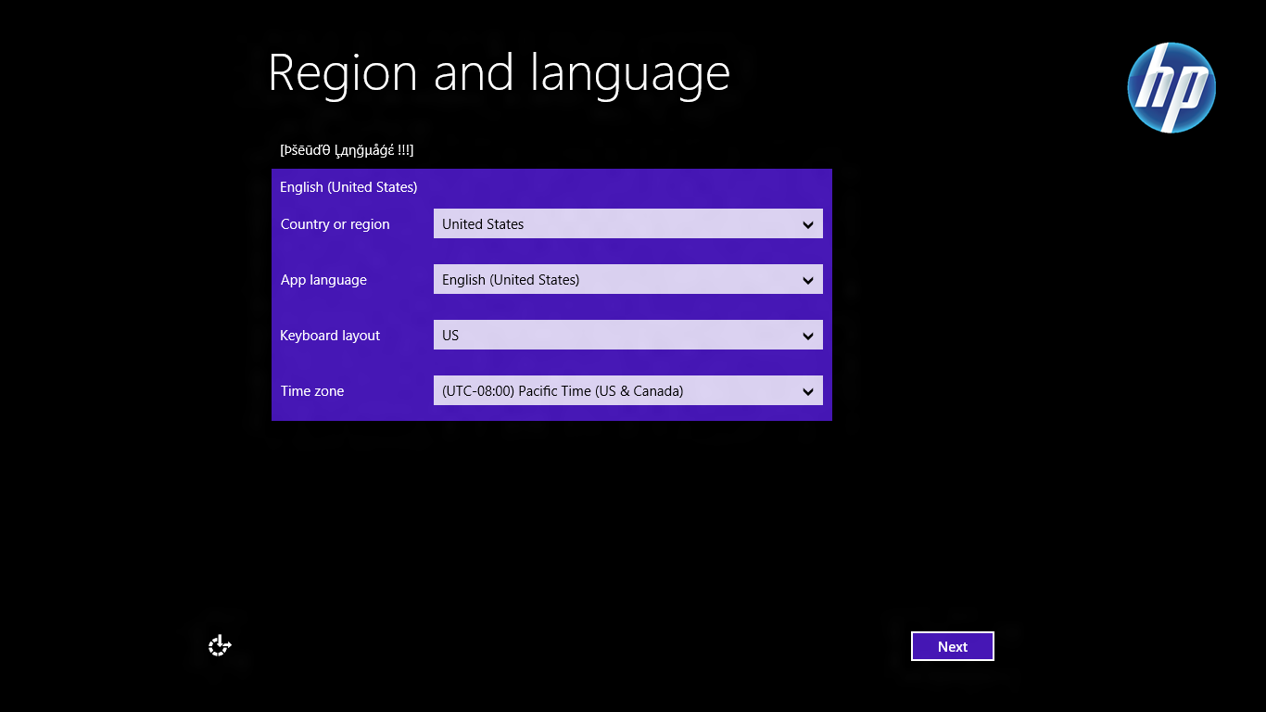
Windows 8 Setup (2013)
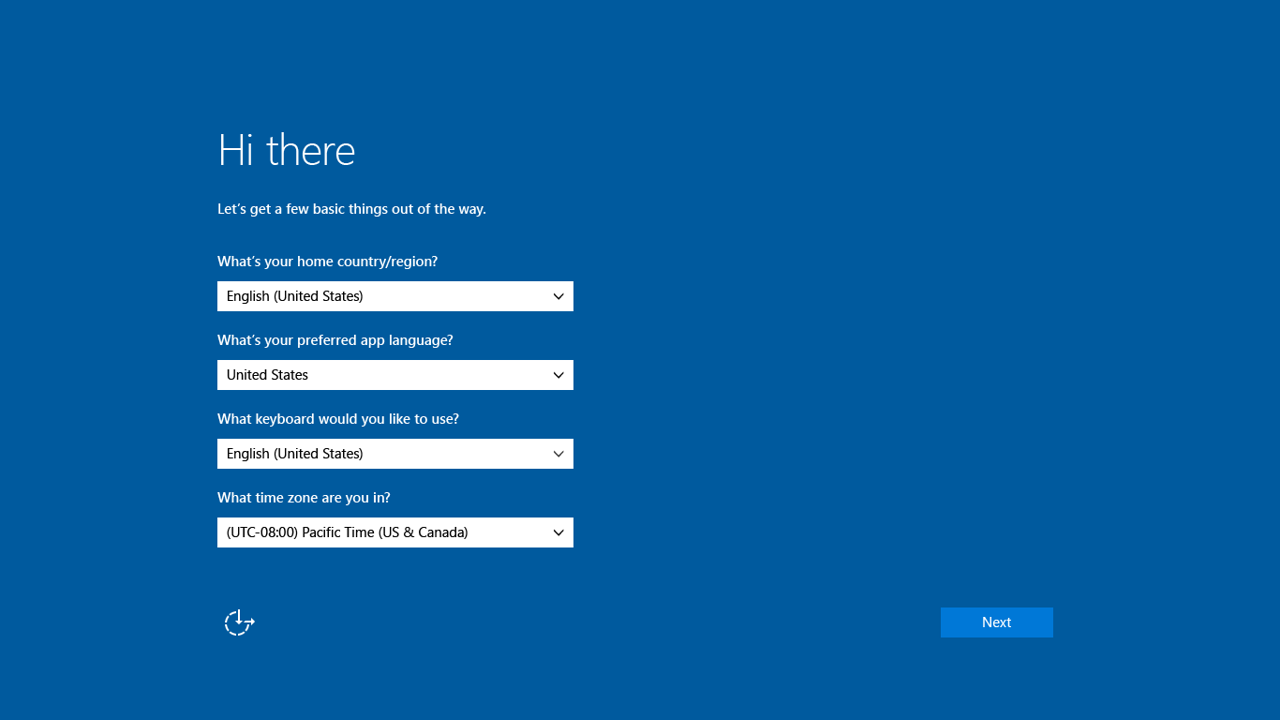
Windows 10 Setup (Threshold 2015)
What is a great, accessible setup experience for most?


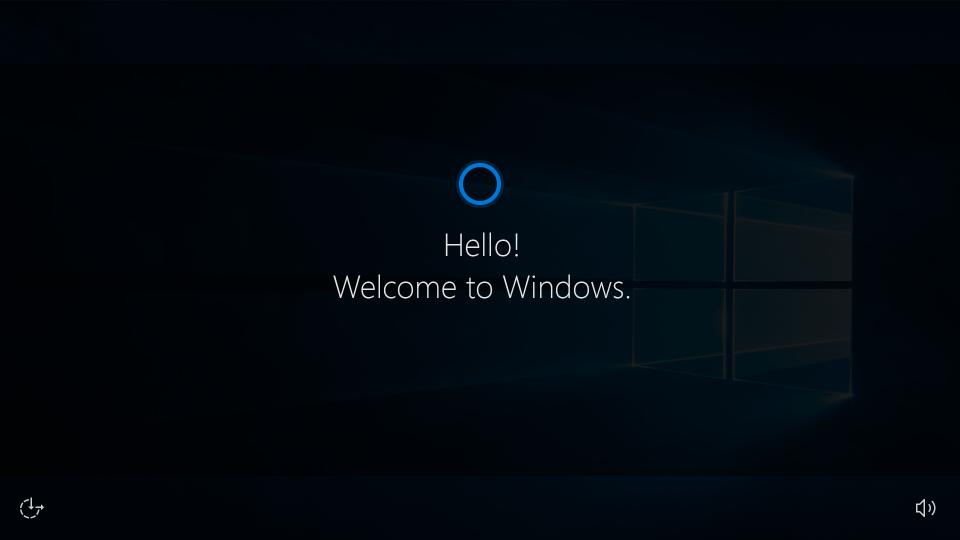
Inclusive Design
To answer that question, we got our product team and 20 or so other people of varying backgrounds, physical and cognitive abilities together to learn and design during a 5 day design sprint focused on learning about inclusion and empathy in the design process. Disability is more about mismatched interactions than it is a personal health condition.
Over the course of the sprint, we started gravitating towards mobile assisted and voice driven solutions. We went with the later after doing some research around how much of the new PC market includes devices which are "voice ready".
Moving forward, we focused our efforts on delivering an experience that is fully usable and comfortable for people who are non-sighted or need vision related assistance when using a computer. Ultimately we wanted to make the setup process feel awesome for everyone, no matter what mode of interaction they prefer – all voice, all tactile, hybrid or in tandem with our assistive technologies.
Cortana
We started our journey in voice design by creating our own scripts and drafting out a conversational experiences, not dissimilar to the AI in the movie Her. Cortana came up as an early element to our scenarios but was not finalized as our approach until our entire team has a solid grasp on dialog design, and the limitations of speech recognition vs. speech understanding, and how you need both to really do a natural language input experience. In time we arrived at a helpful set of guiding principals that we could refer to when making product and partner decisions:
Reduce friction for everyone.
Adapt to me and my context.
Respect user choice.
Be transparent, warm and authentic with language.
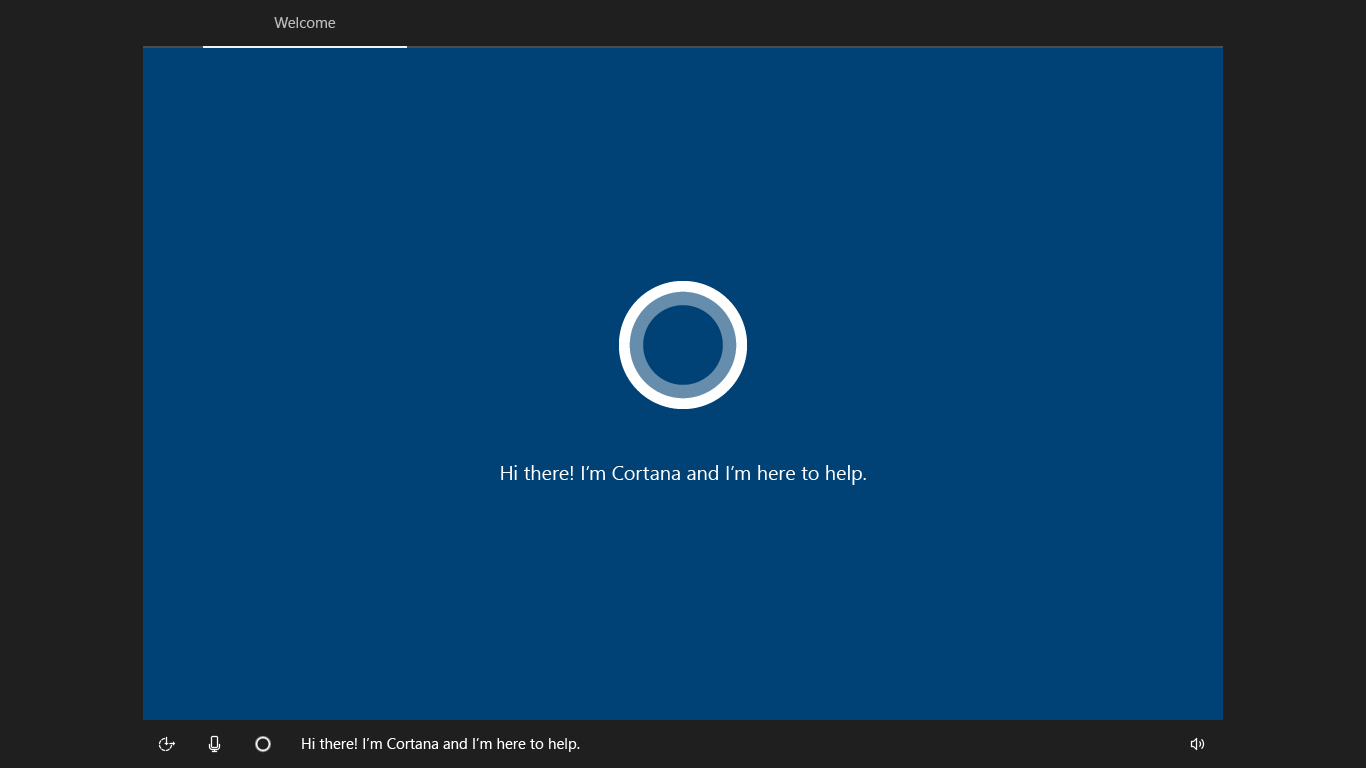
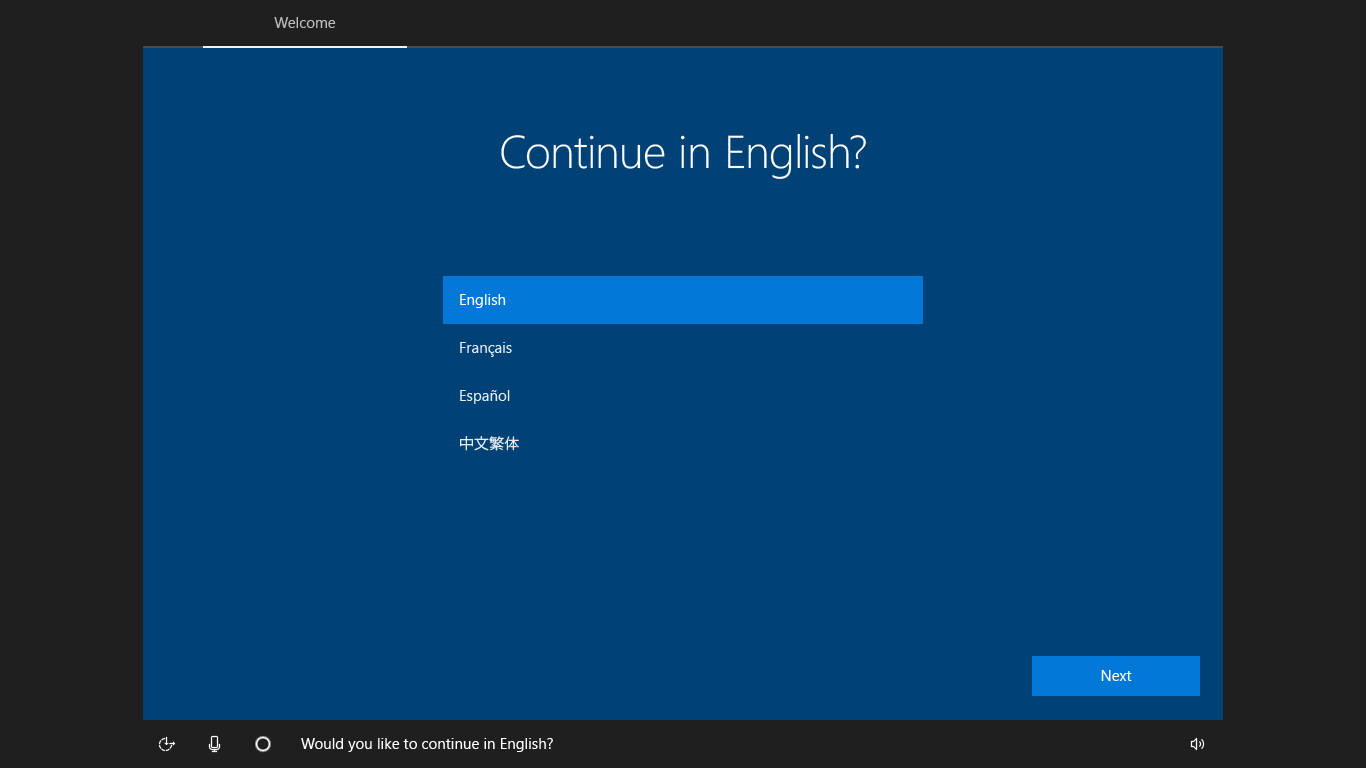
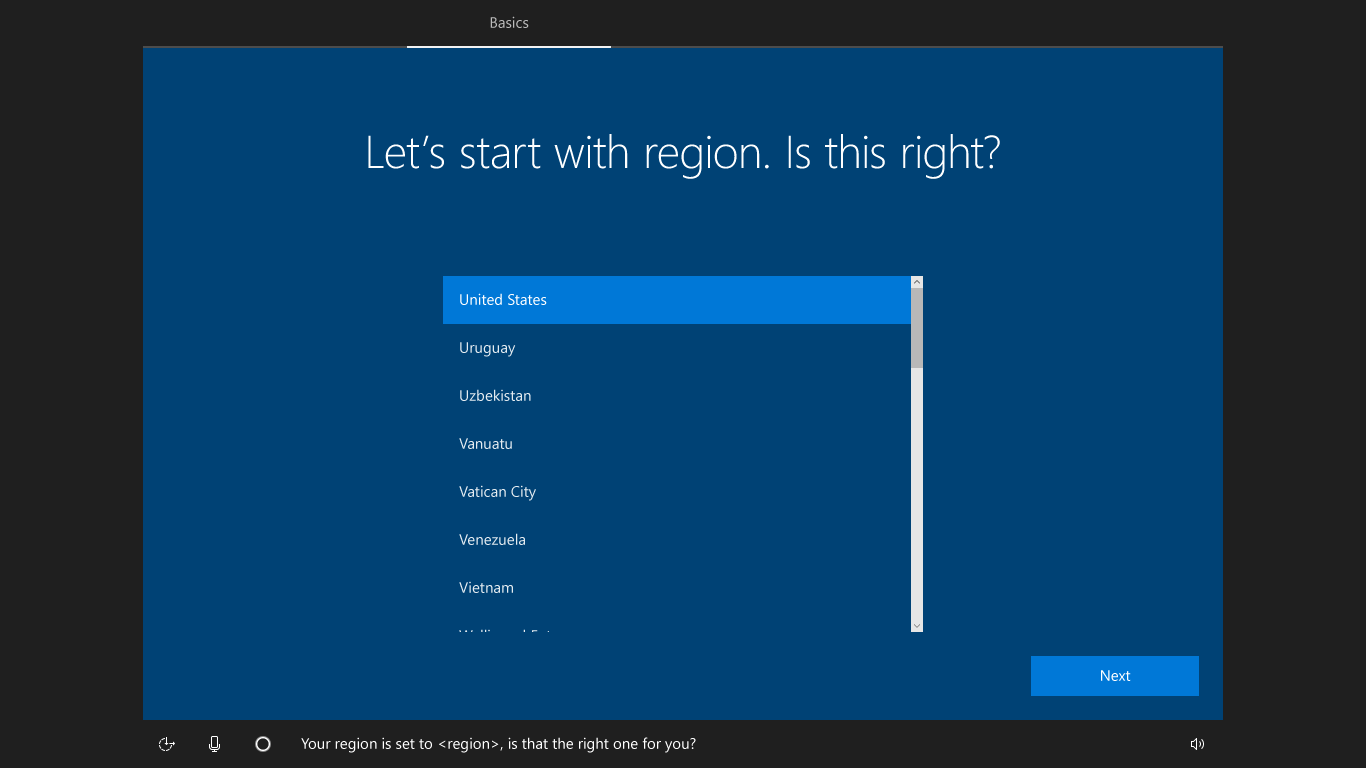

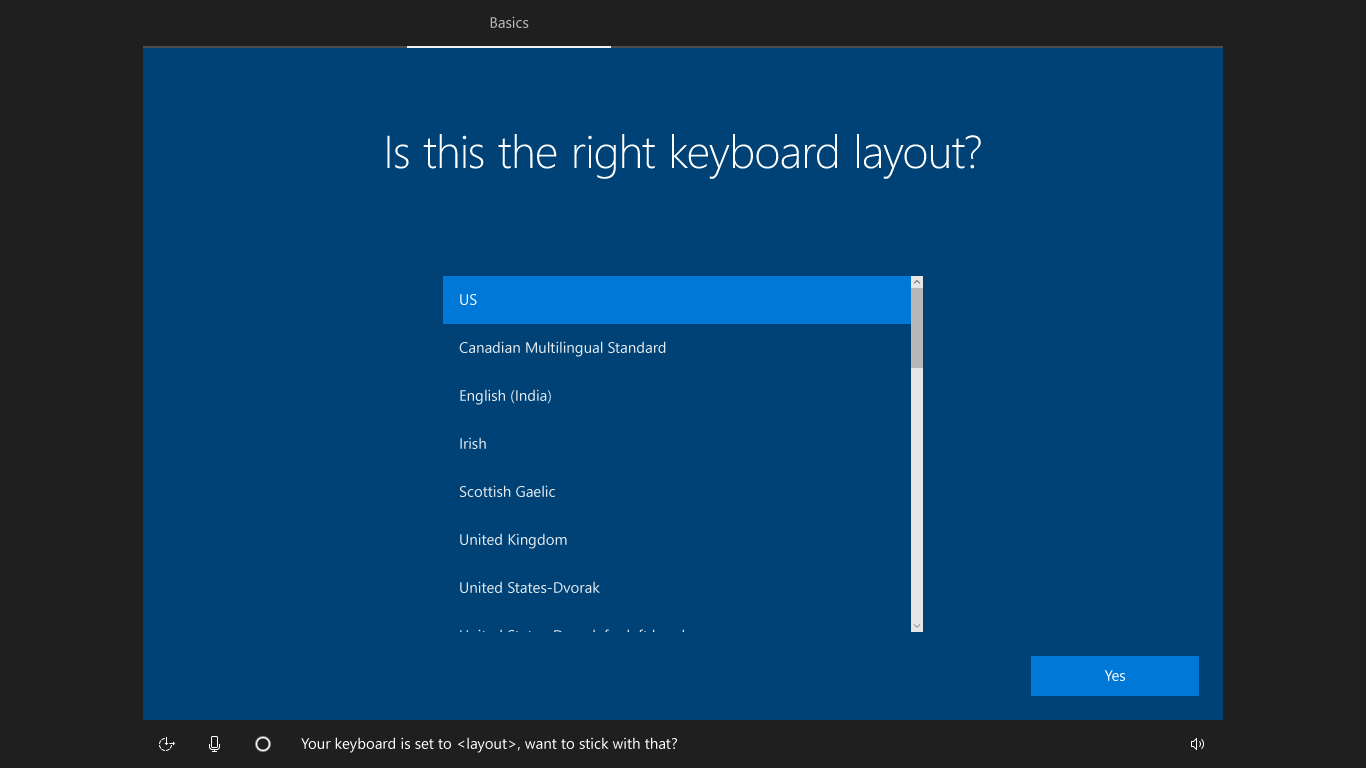
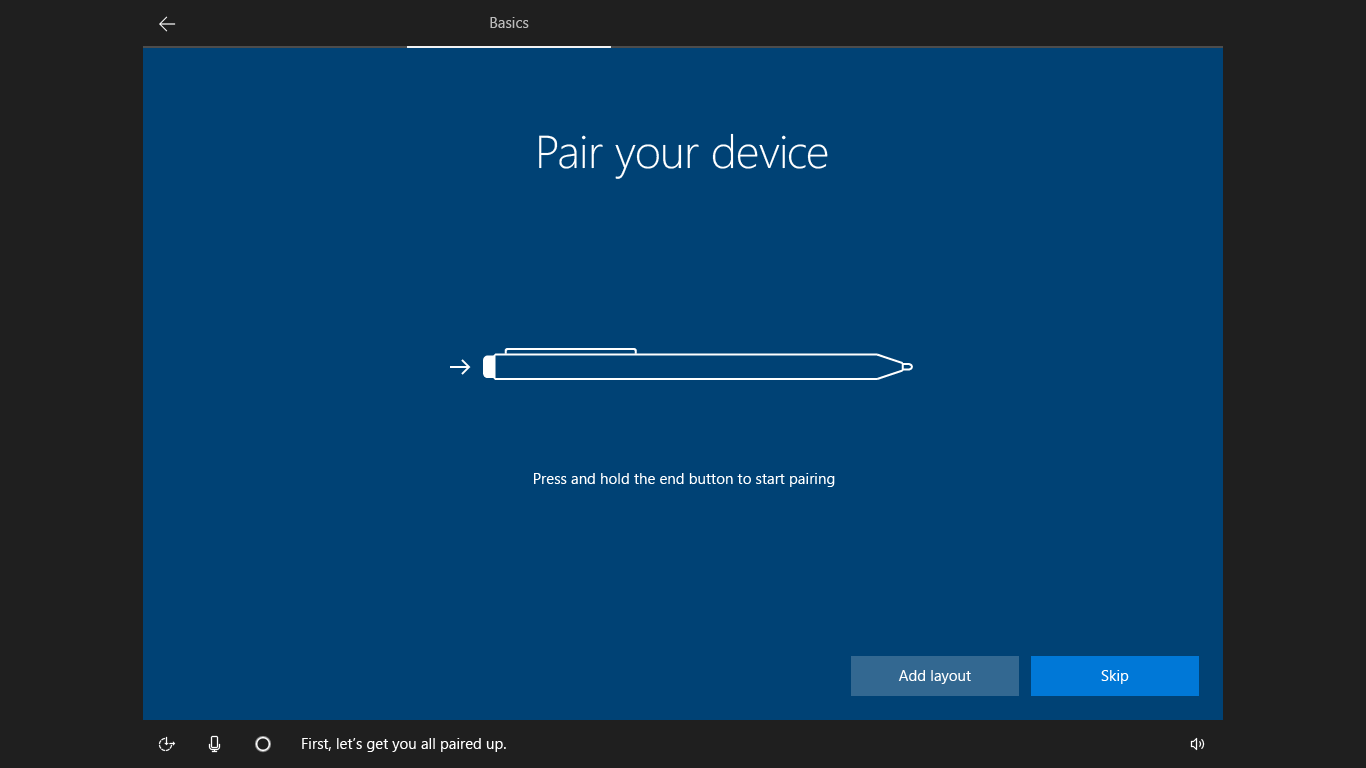
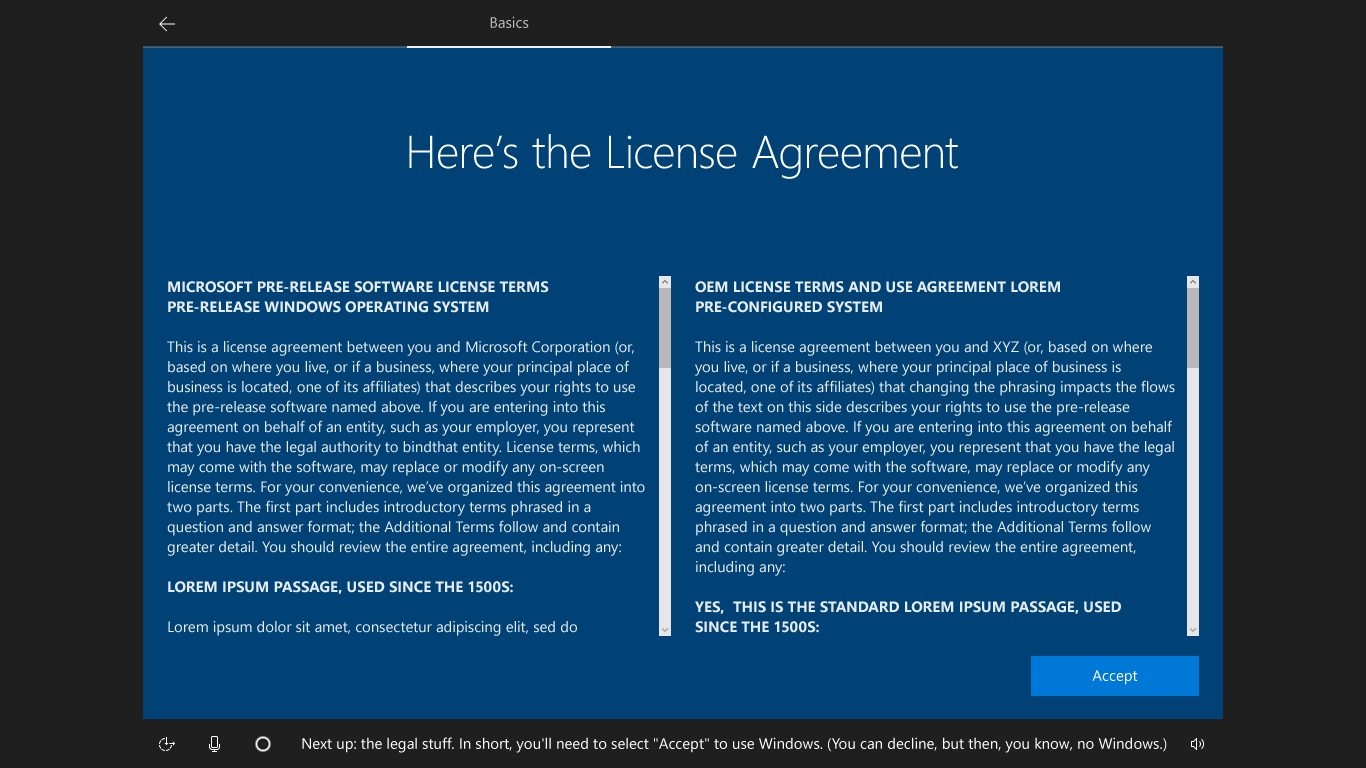
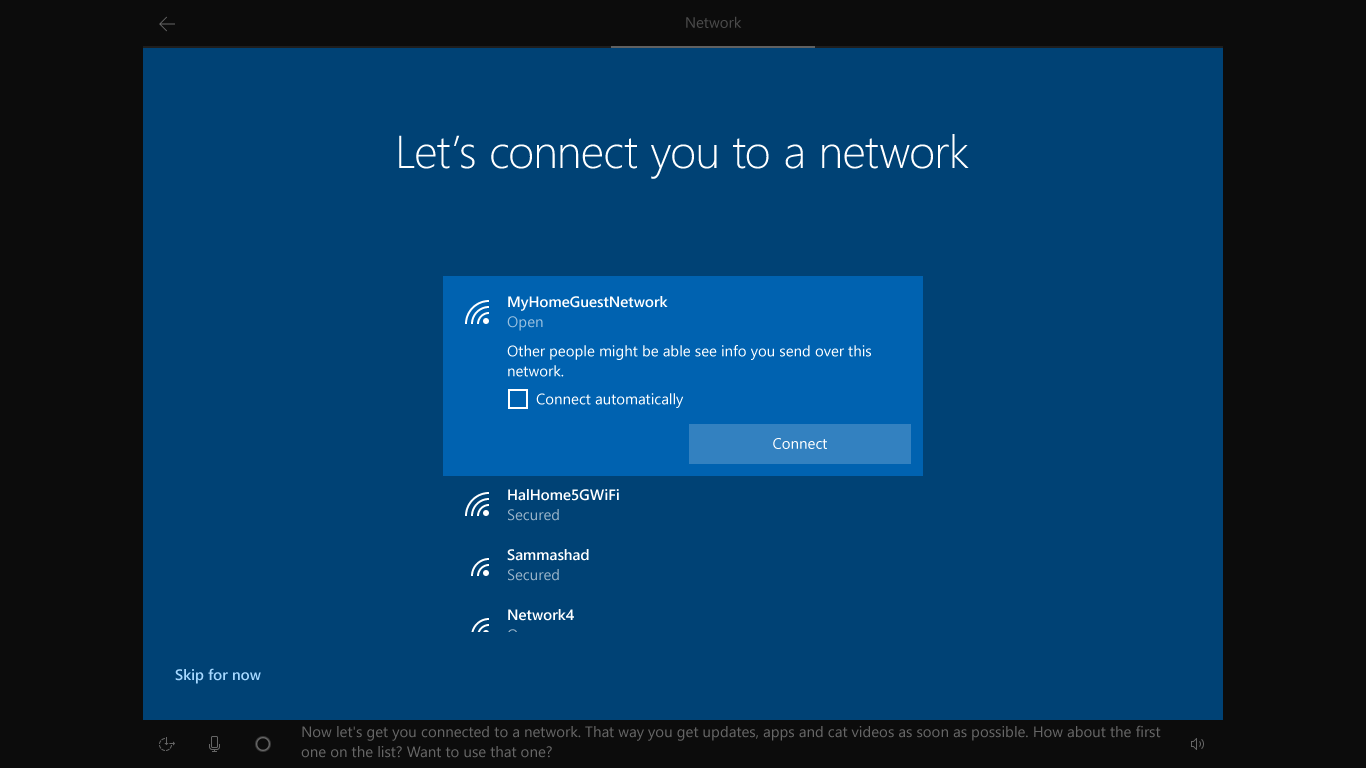

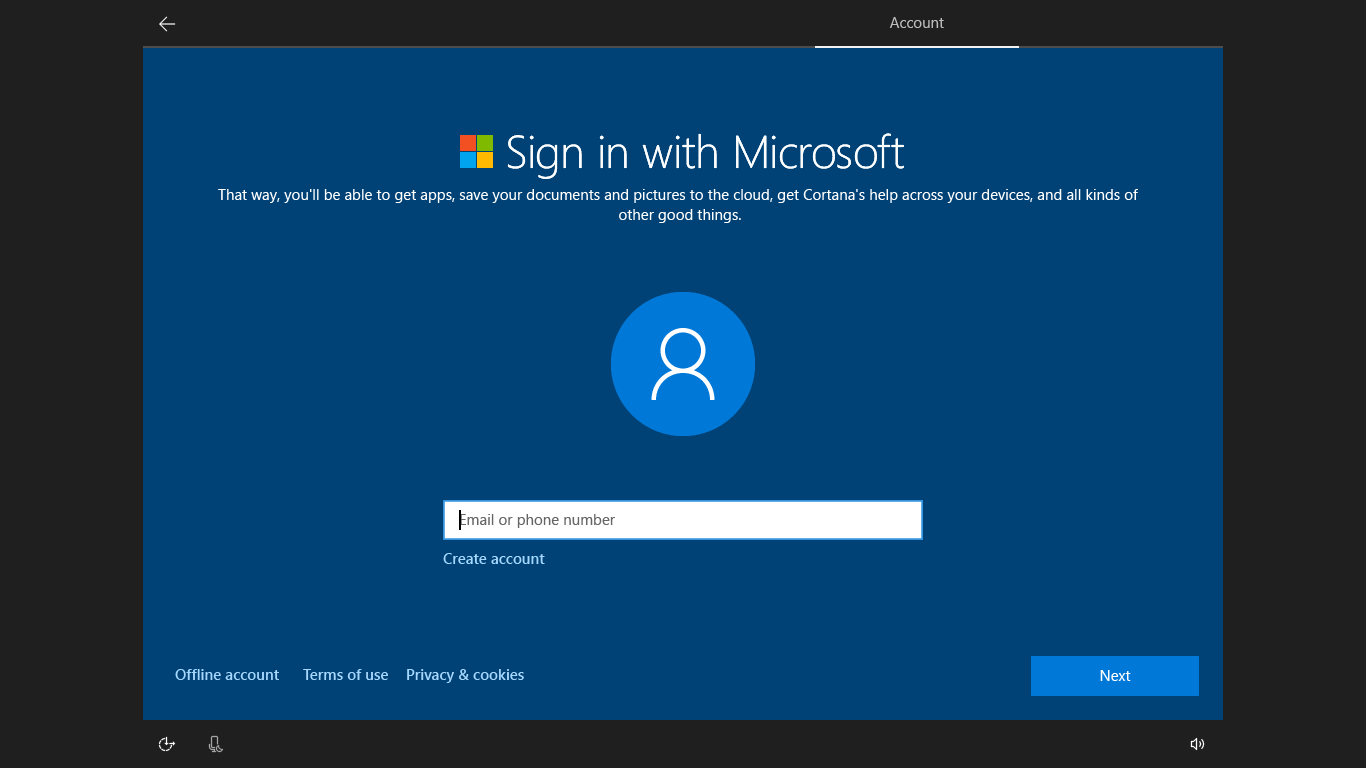
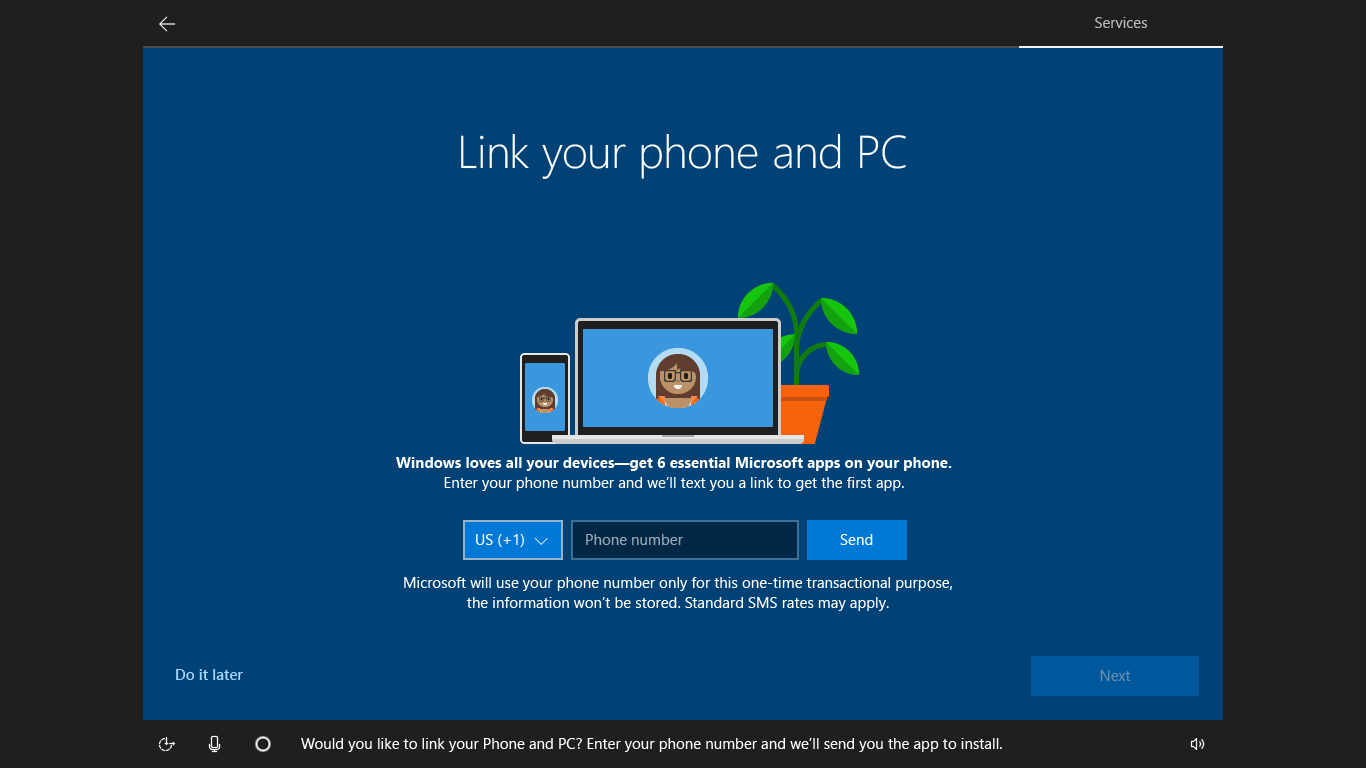
How do we land a consistent experience with shared ownership across many partner teams?
Many solutions
Validating our design involved bringing many people together across disciplines for working sessions and ongoing user research studies. We had specialists in design, PM, apps, web platform, and accessibility. One of the things we changed for the Redstone releases of Windows 10 OOBE was to include many more test participants with a wider range of abilities and preferred input modalities. With that combination of people and process in place, we were able to nimbly provide support and guidance to partner teams as we defined and tuned the speech recognition and voice over capabilities.
Getting all the partner teams aligned, and one consistent flow into builds was a result of internal project visibility, inertia from the previous releases and a rock star design integration team that owned the maintaining the templates. I was often at the center of taking partner feedback, updating reference designs for our feature team, and helping guide the integration process. I enjoyed helping with code reviews when it comes to visual and design system details.

Measuring success

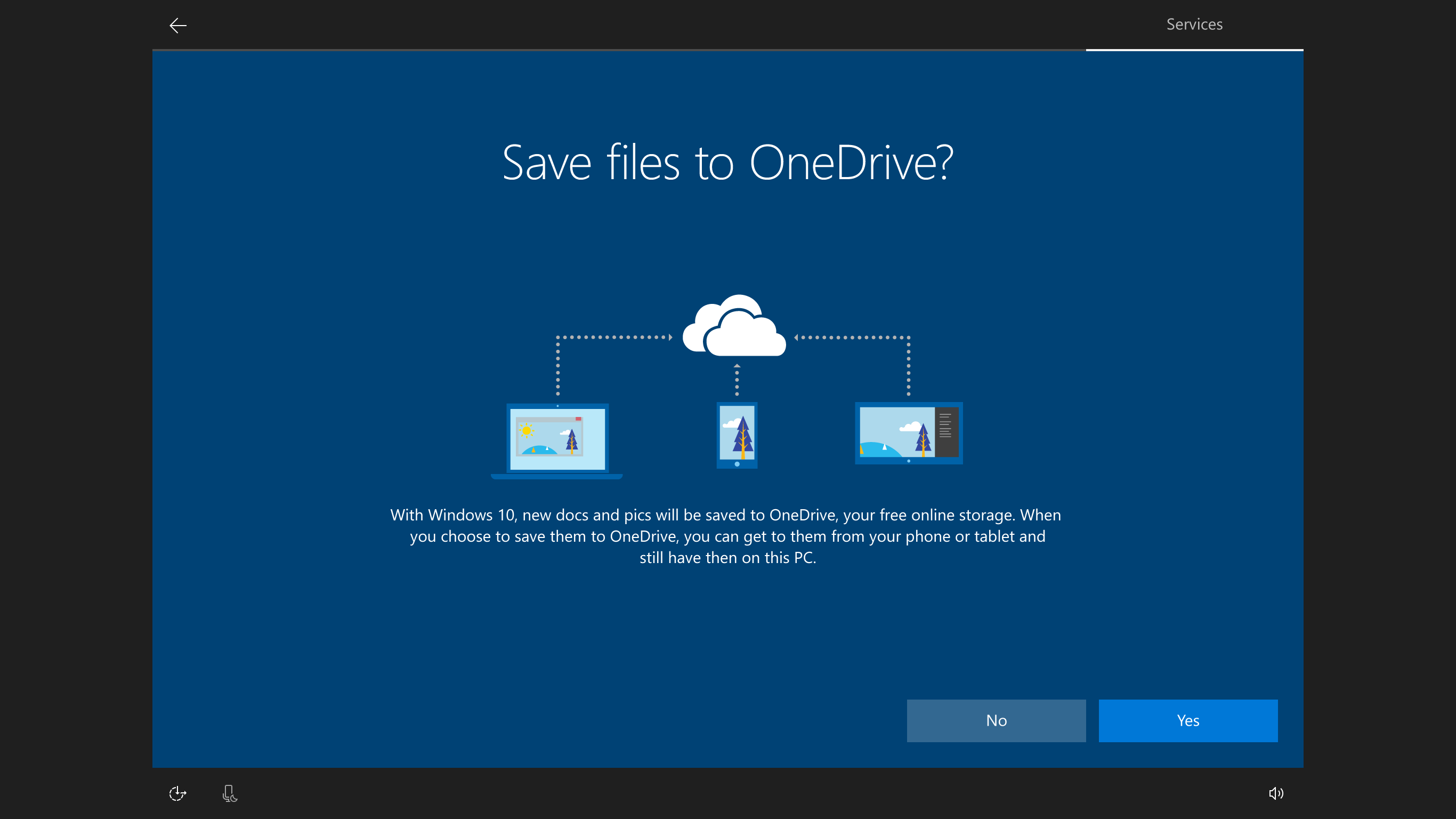
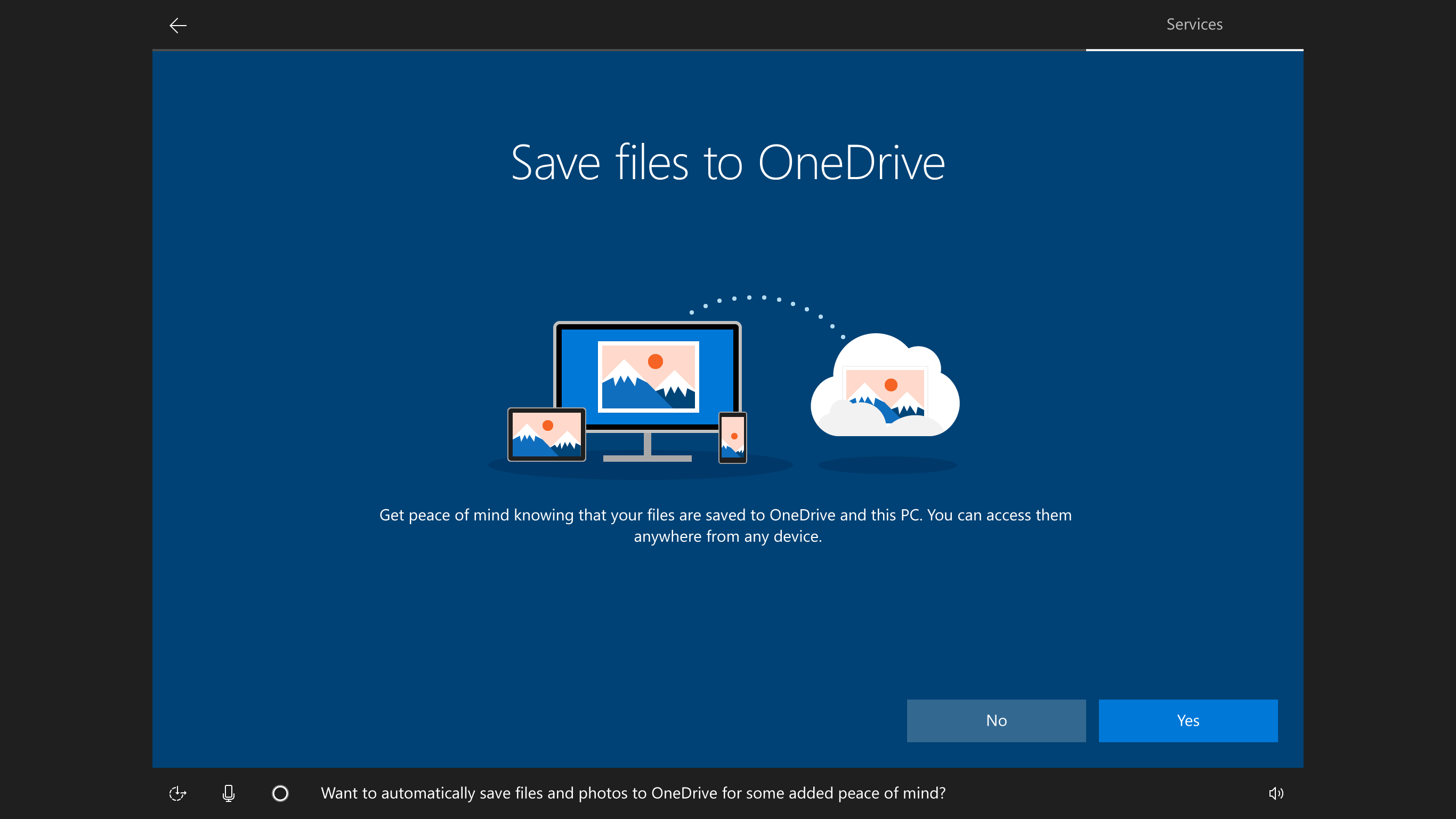
Design progression of the OneDrive opt in page from Windows 10 Threshold, RS2 and to RS3.
Through out the life cycle of this project, interaction telemetry data was critical to facilitating collaboration with partner teams and proving that our designs work. Early on, we only had basic information about end to end flow success metrics and some business objectives like Microsoft Account sign in and service opt in. For the more inclusive redesign, we got information about page dwell time, system reboots and other information that helped the team focus in on customer pain points. A big win for us and partners was adding the ability to flight and conduct experiments in realtime, and to isolate user segments for controlled impact. As the project started to wind down in RS3, there were a number of performance indicators to note:
- Microsoft Account sign in overall lift was 8-12% due to multiple intiatives.
- OneDrive opt increased ~25%.
- Only 5-6% of customer opted out of the Cortana voice experience.
- Maintained strong end to end flow completion.

The final experience for Windows 10 OOBE was the result of many great efforts across various organizations and teams at Microsoft. Our product group was recognized internally with a 2017 Abillity award for Technical Execellence in Accessibility.
We shipped a great voice driven experience, nimbly navigated technical and logistical constraints, we also built a server hosted web app platform that supported a centralized UX template system, full telemetry and an experimentation framework.
I acquired quite a bit of specialized knowledge too, some of my favorites were:
- Applying the core aspects of voice dialog design.
- Improving desktop app accessibility.
- Code reviewing HTML/CSS and helping engineers ramp on web development and debug issues.
- Various obscure Windows platform knowledge (like the progression of system UI from WinForms to DirectUI to XAML) .
- How HTML is rendered both for visual representations on a screen, and as a data model for assistive technology like screen readers.
Featured porjects

Windows 10 OOBECorporate
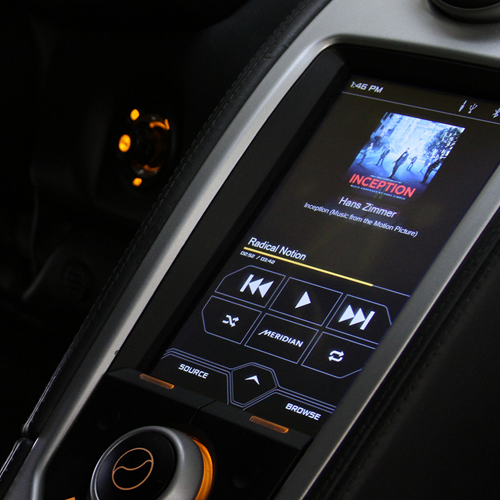
McLaren IRISCorporate
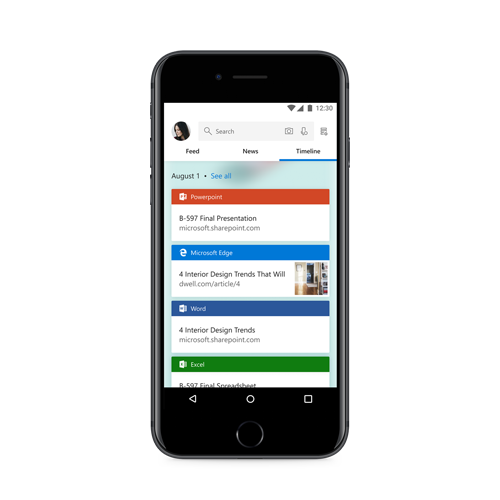
Timeline MobileCorporate
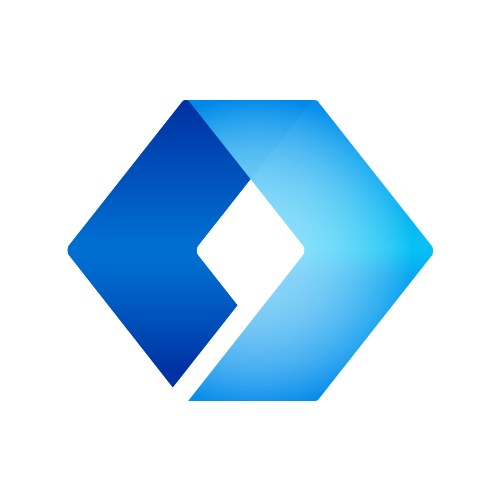
Microsoft Launcher IconCorporate Design

Gravitron EPPersonal
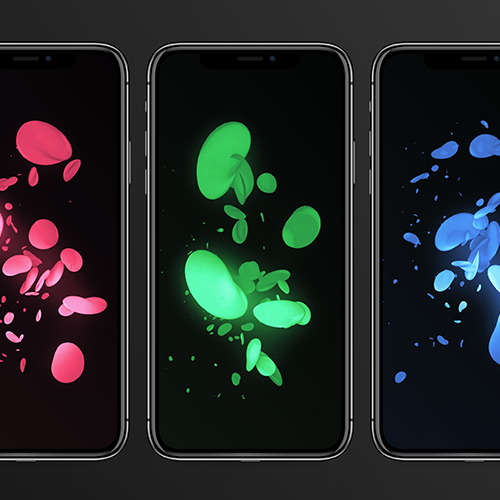
Mobile WallpapersExploration

3D ArtPersonal Projects